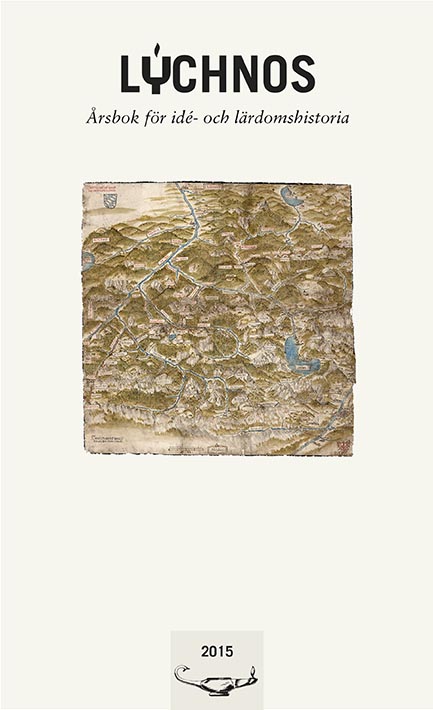Kvinnan, aborten och teratologin
Nyckelord:
abortion, foetal defects, eugenics, rubella, thalidomide, FinkbineAbstract
The article discusses the argument from foetal defects as a reason for legal abortion in 20th century Sweden. Women in Sweden got limited access to abortion in 1938 under certain circumstances – for medical reasons (if the woman’s life or health was in jeopardy), humanitarian reasons (to terminate pregnancies resulting from incest or rape) or eugenic reasons (if the woman or her partner was a carrier of a serious hereditary disease). In 1946 abortion for socio-medical reasons were legalised, and in 1963, the law was amended so as to include abortion in cases of foetal defects. Abortion on demand was introduced in 1975.
Three different examples are discussed: abortion on eugenic grounds for women diagnosed as feeble-minded in the 1940s, abortions performed due to the rubella epidemic in the 1950s, and abortions permitted to women who had taken thalidomide (in Sweden sold under the name ”neurosedyn”) in the early 1960s. In focus are the during the period changing ideas regarding disability and women’s rights and their role in society, and how disabled children and women wanting abortions were represented in the media.
Eugenic abortions were essentially performed to prevent the procreation of persons classified as deficient. While eugenic abortions were seen as uncontroversial at the time, abortions for other reasons, such as rubella, caused some controversy among physicians. The public debate on the thalidomide events, and in particular the American Sherri Finkbine’s widely reported abortion in Sweden in 1962 as well as the Belgian Suzanne Vandeput’s killing of her child in the same year, paved the way for a revised abortion law and a greater acceptance for women wanting abortions.
Downloads
Publicerad
Nummer
Sektion
Licens
This work is licensed under a Creative Commons Attribution 4.0 International License. The copyright for the work published in Lychnos remains with the authors.


